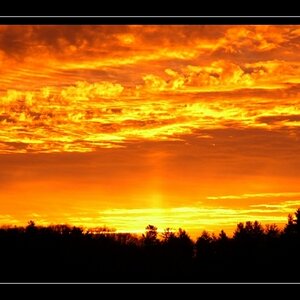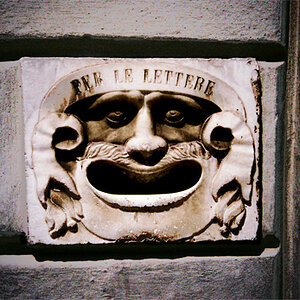warfootage
TPF Noob!
- Joined
- Apr 30, 2008
- Messages
- 5
- Reaction score
- 0
Hello.
I have a little question that i hope someone here might be able to help.
I have collected up a large collection of 8mm and 16mm color home movies taken by soldiers in the american and germany army during the second world war.
The problem is, i have been streaming this film in a 35mm slide scanner to take nice cell shots, but i dont have a clue about getting these films professional scanned digitally as a movie.
What is the best way of getting my home movies onto the computer?
Can i buy a machine that scans film onto a digital computer file?
Any advice is warmly welcomed.
Many thanks and Greetings from the Republic of Ireland.
Ian
I have a little question that i hope someone here might be able to help.
I have collected up a large collection of 8mm and 16mm color home movies taken by soldiers in the american and germany army during the second world war.
The problem is, i have been streaming this film in a 35mm slide scanner to take nice cell shots, but i dont have a clue about getting these films professional scanned digitally as a movie.
What is the best way of getting my home movies onto the computer?
Can i buy a machine that scans film onto a digital computer file?
Any advice is warmly welcomed.
Many thanks and Greetings from the Republic of Ireland.
Ian



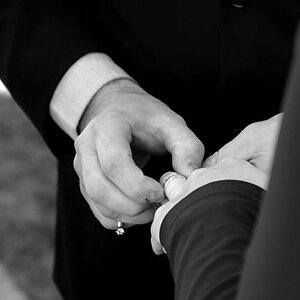


![[No title]](/data/xfmg/thumbnail/35/35223-d0fc07fee19dabe0456b4eeae54536fb.jpg?1619736957)

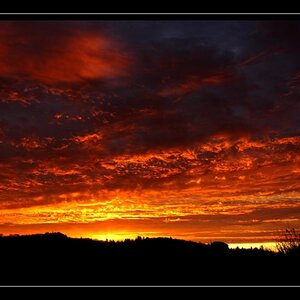
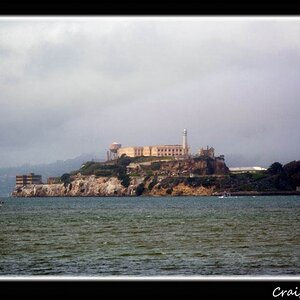
![[No title]](/data/xfmg/thumbnail/39/39289-c5ea6a611707fdd5786347f4a67d63ae.jpg?1619738957)
![[No title]](/data/xfmg/thumbnail/34/34139-e52deba745f42ba091907fcc460cd6db.jpg?1619736311)
![[No title]](/data/xfmg/thumbnail/39/39193-6ebc8ca9478a68b5fe2120c2163f40d3.jpg?1619738908)
